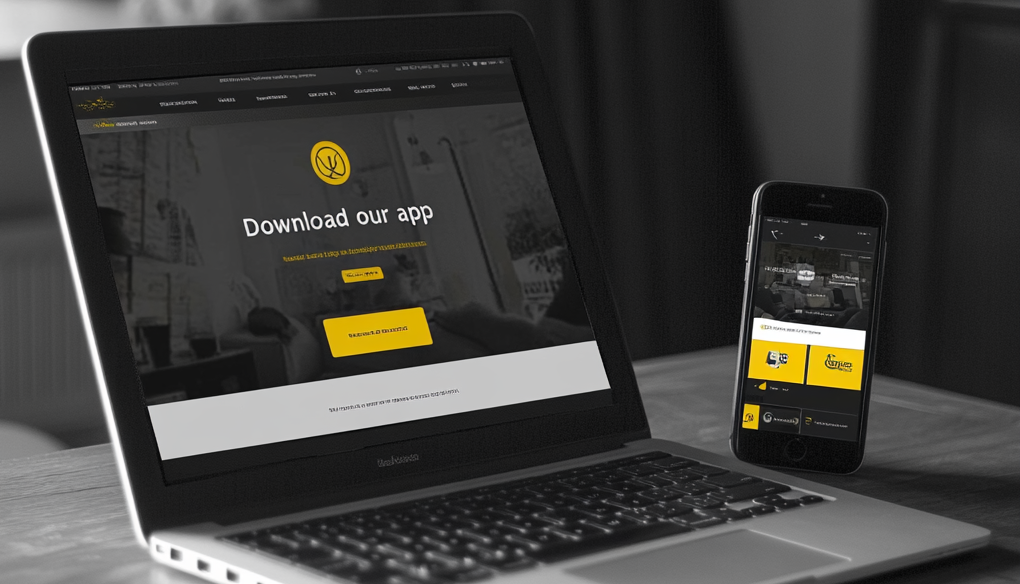Before reading this blog post, perhaps read the two other posts in this Black Friday series:
As we mentioned in our previous article, “Black Friday – going beyond discounts and deals-part 2”, working in agile teams can help you achieve the speed and results you want this time of year. But what is required to become “agile” and what are the actual benefits? It might sound like a good idea and there is certainly a lot of buzz around this concept, but statistics show that working in agile teams increases both productivity and output in your marketing efforts. In fact, agile ways of working have been shown to deliver financial gains of up to 30%.
Being “agile” is more than just putting a team together, launching a campaign and making adjustments along the way. There is a structured methodology behind it all and in contradiction to what many might think, agile ways of working require planning and should be introduced to the relevant team members well ahead of time, especially if the agile team includes other departments and external partners.
“…agile ways of working require planning and should be introduced to the relevant team members well ahead of time.”
What is agile marketing?
In short, agile marketing teams consist of cross-functional resources (marketing, IT, Product and so on, but also partners) that use data, analytics, and creative ideas to deploy tests, evaluate results and implement changes at a rapid pace. If implemented well, the agile team(s) can run hundreds of marketing campaigns at the same time: Working, deploying and innovating in fast-paced sprints, and optimising campaigns continuously to deliver the best results. It’s an excellent way to break down silos and implement a data-driven marketing approach.
What is required to be “successfully agile”?
Can anyone set up an agile team? Of course – but there are some things you need to consider before you adopt this approach.
Here are some steps for how you can get started with an agile marketing approach in your organisation:
- Set clear goals. What do you want to achieve with this agile initiative? It’s usually everyone’s wish to increase sales, but in this particular instance, your goal might be to deliver a first-class customer experience. Make sure you have a baseline and KPIs that are clear, not just on an initiative level but also to each person in the team so they know what’s expected of them. Align your goals with management.
- Have your house in order (especially when it comes to data and tech). With clear KPIs, the right tools to measure results (in real-time) and organised content and assets, your team can quickly get started, analyse results and react swiftly to make necessary changes. A good start is to have some sort of dashboard, a project management tool (ClickUps’ free version is a perfect tool to get started) and a structure around organising and handling digital assets.
- Get buy-in and support from C-level/senior management as you will require resources to staff your team and potentially require external partners to get onboard.
- Make sure you add the “right ingredients” i.e. people in the team. You need someone in the driver’s seat to steer. Your team needs an agile coach/scrum leader and a product owner – these are the most crucial resources in the team! Make sure they are 100% onboard and give them special training in agile methodology and how the sprints are to be executed. Set clear expectations of who does what. A product owner is responsible for “what” the team should achieve. The agile coach of “how” it’s executed and manages the team on a day-to-day basis and hosts the weekly ceremonies.
The remaining team needs to consist of other key competencies from relevant departments and partners (e.g. analytics, UX, design, copywriting, marketing channel specialists if you have them in-house, or your paid media agencies etc). This is an important factor as you need to make sure that you have the relevant competencies in the “room” to make the magic happen. Keep the team small, preferably no more than 10 people. As Jeff Bezos once said: “We try to create teams that are no larger than can be fed by two pizzas.”
Once you have your team set up – then what?
- Have a kick-off with the whole team.
- Make sure you spend time getting to know each other at the start and hold various team-building activities.
- Talk about how you should communicate within the team, what tools to use and how you handle feedback and conflicts. Educate the team on what being agile means – how the process works.
- Once you have your team in place, brainstorm and create a backlog of campaign ideas.
- Proceed to design and prioritise your tasks based on the area’s impact (business and customer) and effort. Score each campaign idea (for example) on a scale of 1-10 for impact, where 1 is low and 10 is high. For effort, the scale is reversed: 1 is high and 10 is low effort. Sum up the total score for the areas and start with your quick wins, i.e. the ones with the highest total score (lowest effort and highest impact).
- From here, you then plan your first sprint in more detail.
- On the first day of a sprint, you start with daily stand-ups to react swiftly to initiatives that are proving successful and run through the team members individual progress.
- And don’t forget your sprint reviews and retrospective after each sprint is over – this is crucial to know what’s worked well and what needs improving.
- Then restart the process with sprint planning, daily stand-ups, sprint reviews and retrospective.

So is it worth it – working with agile marketing?
Absolutely! No one said it was going to be easy, but with some dedicated resources and time to plan, you can get an agile team together. There are substantial benefits – not only linked to revenue, but agile teams also see increased team efficiency and engagement, personalisation and asset/content production. If you have little experience with agile ways of working within your organisation, we recommend you to get someone with some experience to help you during the set-up and the first few sprints to make sure you don’t miss anything and get a smooth start. Curamando has many experts who can get you started on this exciting journey. You’re welcome to contact linda.johansson@curamando.com if you’d like to discuss any further.






